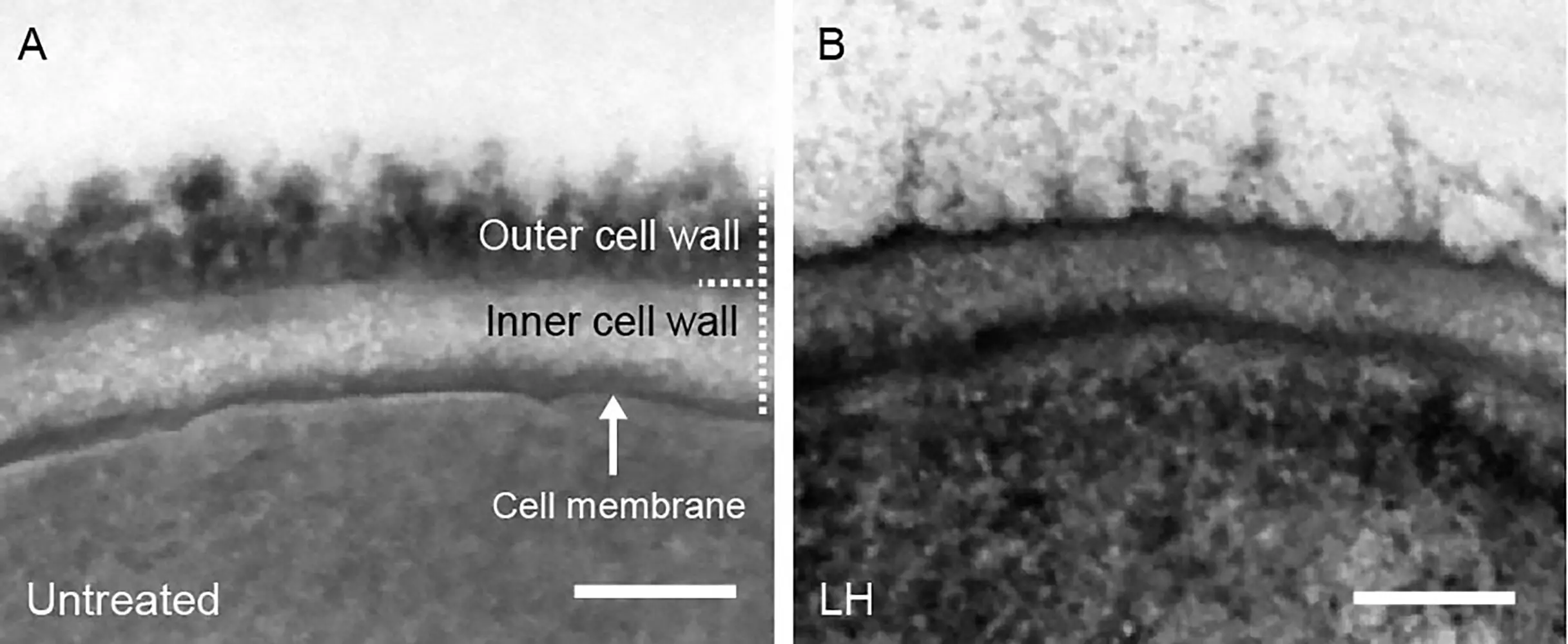Fungal infections are a growing concern worldwide, with millions of people affected each year by invasive fungal infections caused by Candida species. These infections are known for their high mortality rates and the slow development of new therapies to combat them. In the light of increasing drug resistance, the search for innovative treatment options has become imperative.
An interdisciplinary research team led by Dr. Sascha Brunke from the Leibniz Institute for Natural Product Research and Infection Biology has made significant progress in investigating the therapeutic potential of synthetic polymers in combating fungal infections. The team’s breakthrough came unexpectedly during the coronavirus pandemic when doctoral researcher Sebastian Schäfer, working on antifungal polymers at the University of New South Wales, was unable to return to Australia due to travel restrictions. This led to a successful collaboration between researchers in Germany and Australia, resulting in the development of synthetic polymers that showed strong efficacy against Candida albicans, including resistant strains.
The study, published in Nature Communications, revealed the exact mode of action of these synthetic polymers for the first time. The compounds were found to attack fungal cells through multiple mechanisms simultaneously, targeting new structures and hindering glycosylation on the cell surface. This process weakened the fungal cells by damaging their walls and membranes, ultimately leading to their death. Moreover, the polymers were found to enhance the immune system’s ability to destroy fungal cells, making them even more effective in combating infections.
One of the key advantages of these synthetic polymers is their ability to avoid the development of resistance in Candida albicans when used in combination with antifungal agents. This makes them a more sustainable and potentially more effective treatment option compared to existing therapies. Additionally, the production of synthetic polymers is relatively inexpensive, stable, and storable, making them particularly valuable in low-income countries where access to advanced medical treatments may be limited.
However, despite these promising findings, more research is needed before synthetic polymers can be widely adopted as a treatment for fungal infections in humans. Further studies are necessary to optimize the structure of the polymers and determine their interactions with fungal cells in greater detail. Additionally, potential harmful effects on humans and the environment must be thoroughly investigated before widespread implementation.
The research on synthetic polymers as potential treatments for fungal infections represents a significant step forward in the field of antimicrobial therapy. The collaborative efforts of researchers from different disciplines and countries have led to the discovery of novel compounds with promising efficacy against Candida albicans. While challenges and further research are still required, the findings offer hope for the development of effective new therapeutic options in the fight against invasive fungal infections.


Leave a Reply